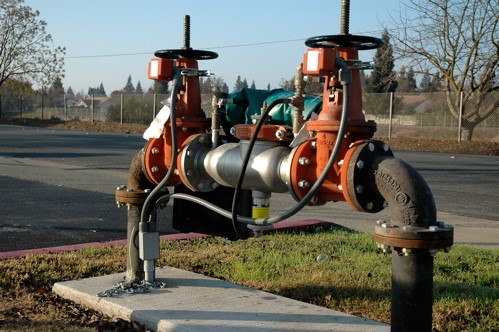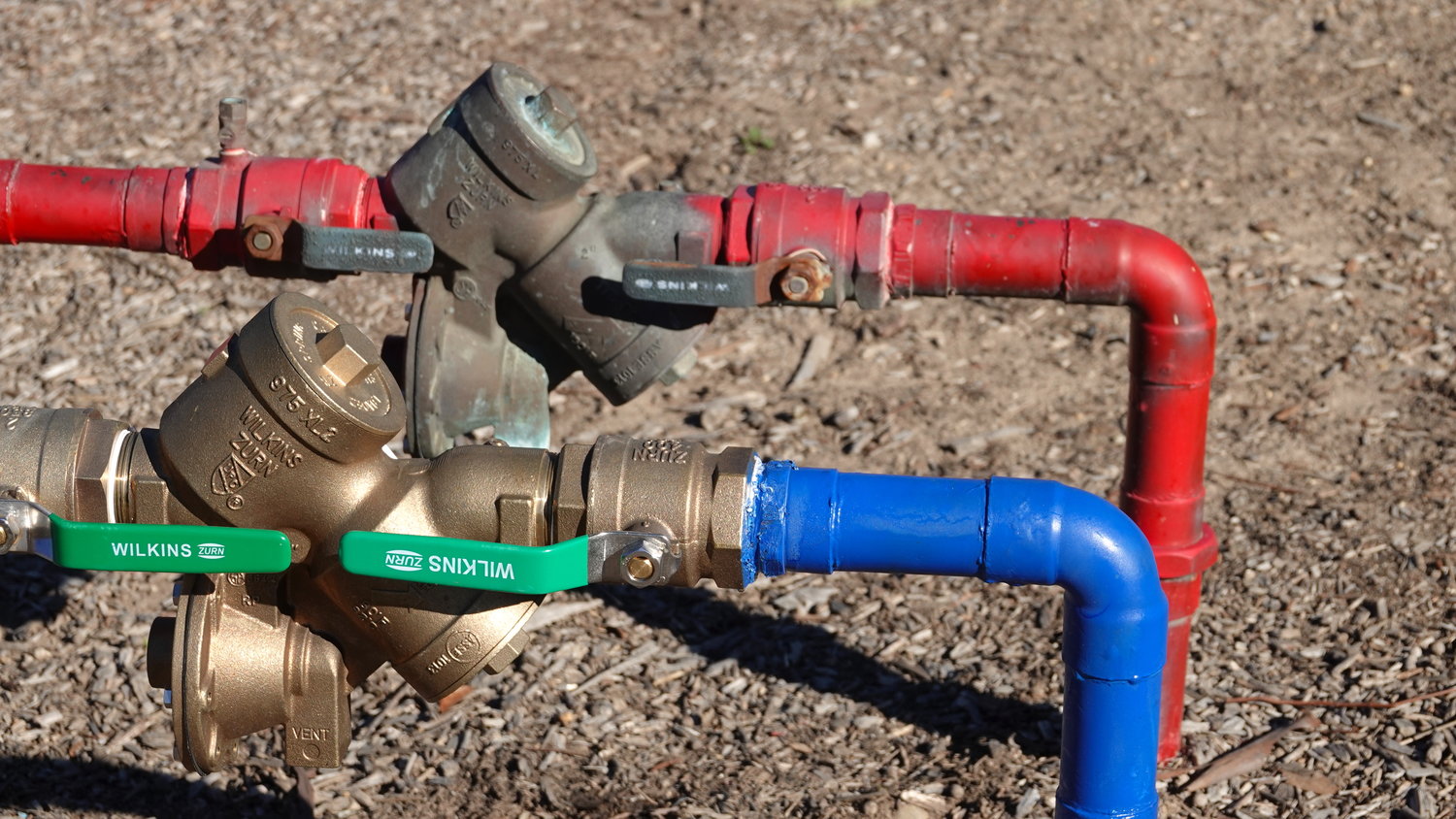Should Backflow Testing Crucial for My Water Quality?
Should Backflow Testing Crucial for My Water Quality?
Blog Article
We've unearthed this great article pertaining to What is Backflow Testing? down the page on the web and figured it made sense to talk about it with you on my blog.

Yes, you need to backflow test your house's water system to make certain that the water is without toxic substances as well as damaging degrees of chemicals. As a result of the devices required as well as area for mistake, you need to not try to execute backflow screening on your own. We suggest that you call a professional plumber every number of years to test your water.
What is Backflow?
Simply put, backflow is when water moves upwards-- the opposite instructions in the plumbing system. This is also called "backpressure." When the water moves in this direction, it can blend with unsafe contaminants as well as present a threat.
What Causes Backflow?
A regular cause of heartburn is a loss of water stress that causes the water to siphon back into the water supply. After some time, there is a loss in water stress and the hose pipe starts to draw the water back right into the water supply. As you can visualize, there are now chemicals from the paint that are getting in the water supply, potentially posturing a risk.
Backflow Testing is Required by Regulation in Certain Cities
Depending on where you live, you might really be needed by legislation to backflow test your regulation. Iowa City keeps a record of all residential properties offered by the city's water supply.
You Can Protect Against Backflow
The major purpose of a backflow tool is to avoid water from moving in reverse into your water supply. Plumbing professionals mount the gadget on the pipes in your home to guarantee that the water only moves in the proper instructions.
Backflow Can Influence Both You and also Your City
Because hazardous backflow can affect the public water supply in addition to a single structure, lots of cities develop backflow guidelines. Modern-day cities have backflow devices in location that protect the water supply that comes from a lot of residences and business residential properties. The actual hazard originates from irrigation systems, which can hurt the water with hazardous plant foods, manure, as well as various other chemicals.
Call a Plumber to Check for Heartburn Before It is Too Late
While it might appear grim, infected water can cause awful bacterial and viral infections that are difficult to deal with. A plumbing business can quickly check your residence's water to determine if there are any kind of hazardous chemical levels. The little investment is if you can stay clear of the misery that comes from consuming infected water. As well as if you do uncover that your water has high degrees of toxic substances, a plumber can conveniently set up a heartburn prevention device.
Yes, you need to backflow examination your home's water supply to guarantee that the water is totally free of toxins and hazardous degrees of chemicals. A regular reason of backflow is a loss of water stress that creates the water to siphon back into the water supply. After some time, there is a loss in water pressure and the hose begins to suck the water back into the water supply. The primary function of a heartburn tool is to prevent water from flowing backwards right into your water supply. Numerous cities establish heartburn standards because hazardous backflow can influence the public water supply in enhancement to a solitary structure.
WHY DOES BACKFLOW TESTING NEED TO BE DONE EVERY YEAR
What Is Backflow?
Toxic gas backing up into a building is one example of potential backflow issues, but backflow can occur in many other ways.
Backflow is generally referred to as the reversal of a liquid or gas in a plumbing system.
Most issues for the public occur with backflow resulting in contaminated drinking water. If you look up backflow issues online you’ll probably find references to “potable” water. That means drinking water.
There have been backflow issues in the past with drinking water. Chemicals, sewage and other contaminants have found their way into drinking water causing health issues for those that count on the fresh water.
What Causes Backflow?
In a residence or commercial building water generally flows one way. This normal flow is usually driven by consistent pressure in the water and waste system.
Anything that changes the normal pressure in the system can lead to backflow.
Fire hydrant use or malfunction can reverse the normal pressure in the system on a city line, but backflow can occur in a number of different ways.
Sometimes backpressure might be caused by someone using a garden hose and submerging the end of the hose in a pool of liquid. If pressure is lost the flow could reverse and contaminants could be released into the drinking water.
Anytime there is a connection between contaminants and the drinking water there is potential for a backflow issue. Sometimes these connections are not immediately obvious like the garden hose connecting to a building’s drinking water supply.
Backflow Regulations
The Environmental Protection Agency (EPA) provides guidelines and regulations for state and local governments regarding backflow. State and local governments also have their own guidelines and regulations for backflow prevention.
Arizona has its own backflow regulations.
Due to issues with backflow in the past, regulations require backflow preventer devices to be used in nearly all residential and commercial buildings.
A backflow preventer is a device that prevents backflow as cross-connection points where potential backflow issues may occur.
While backflow is not a common occurrence, preventers are in place to make sure there is no contamination should something malfunction or go wrong with a building’s water supply.

We hope you enjoyed our excerpt on Backflow Prevention. Thanks so much for spending some time to browse our post. Loved our blog? Please share it. Help another person find it. I truly appreciate reading our article about What is Backflow Testing?.
Call Today
Report this page